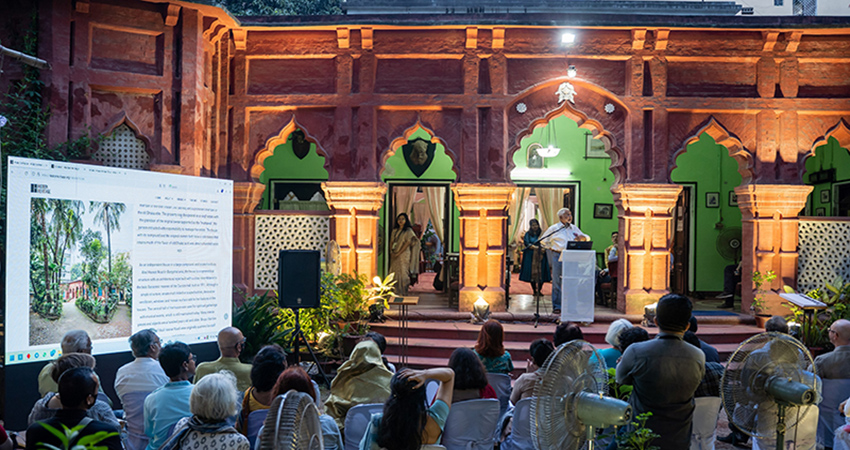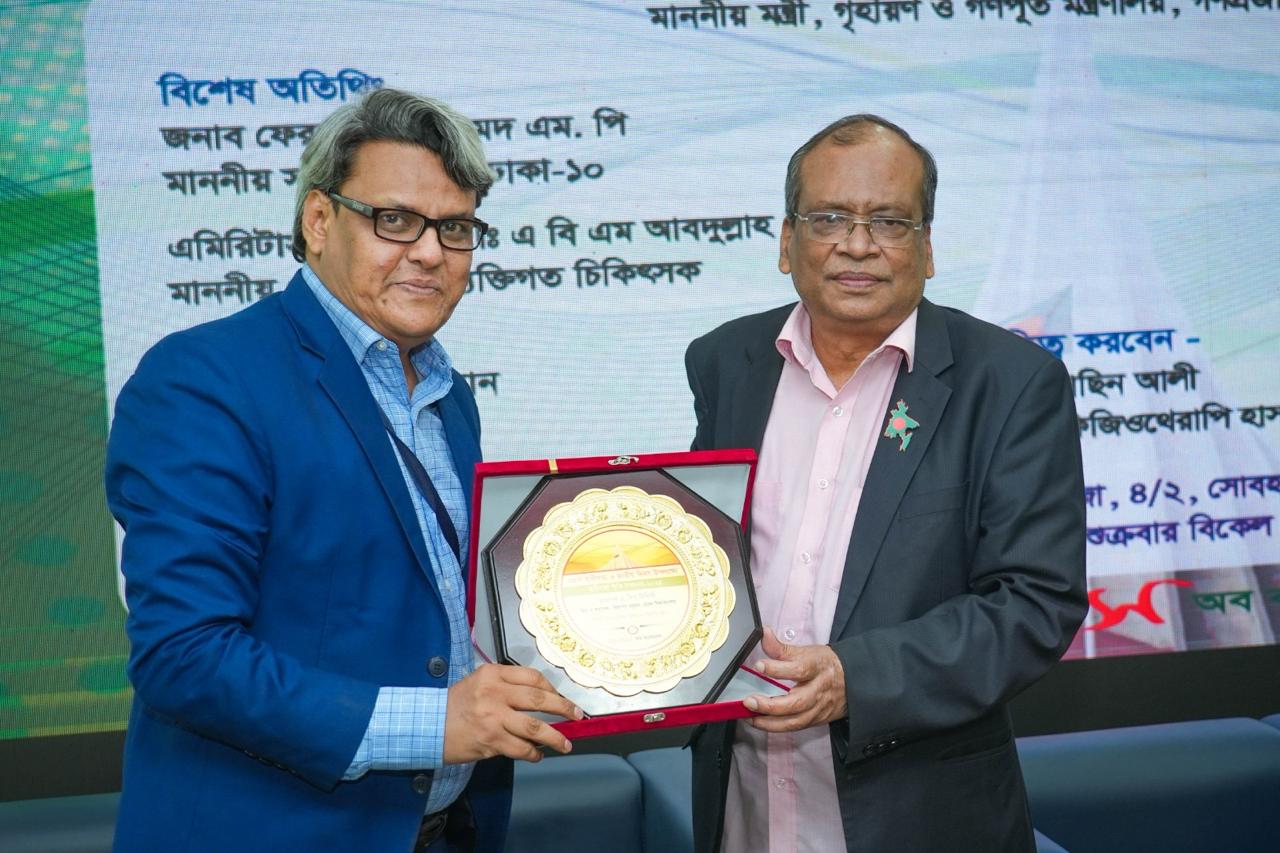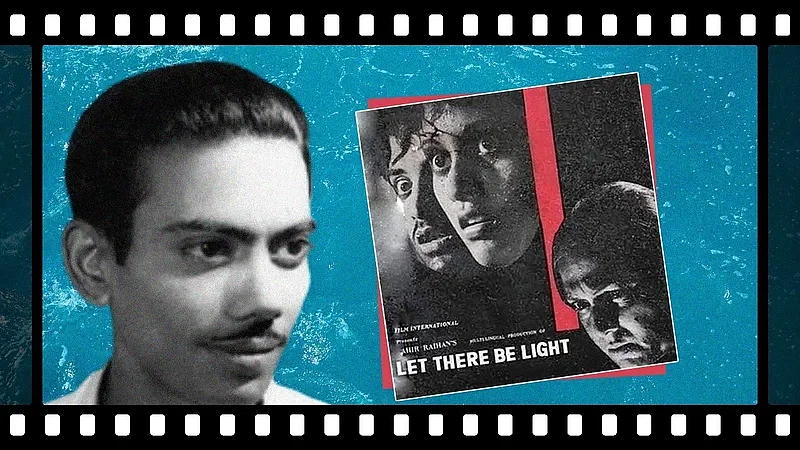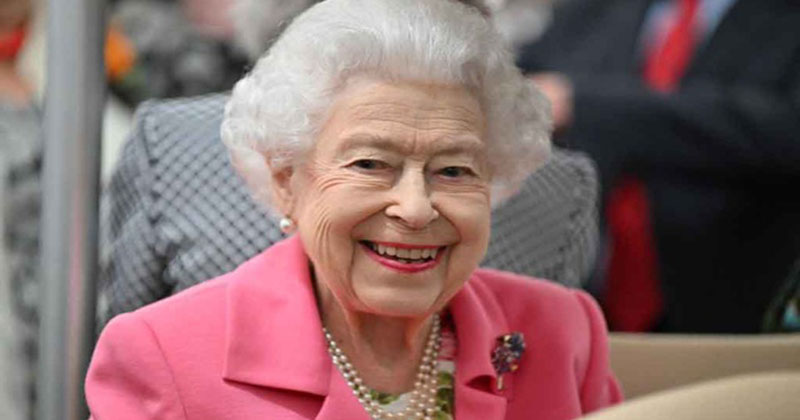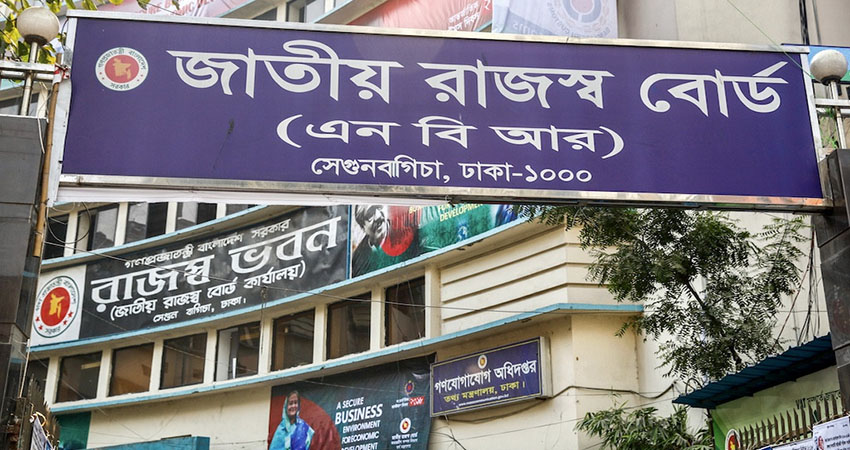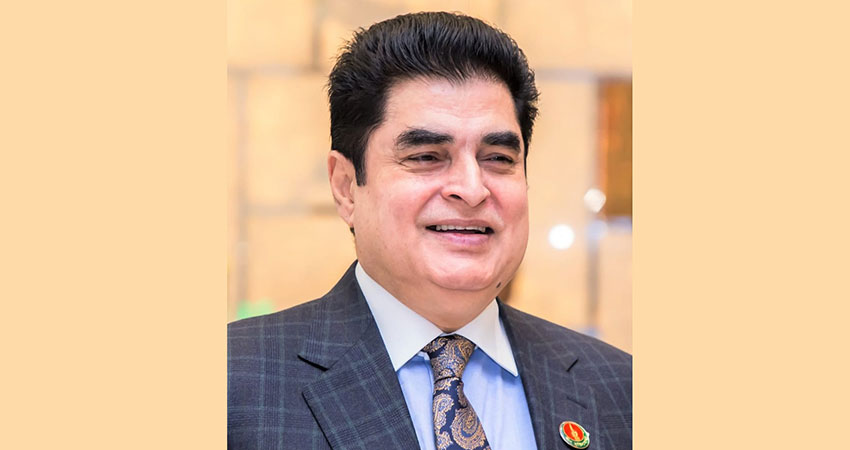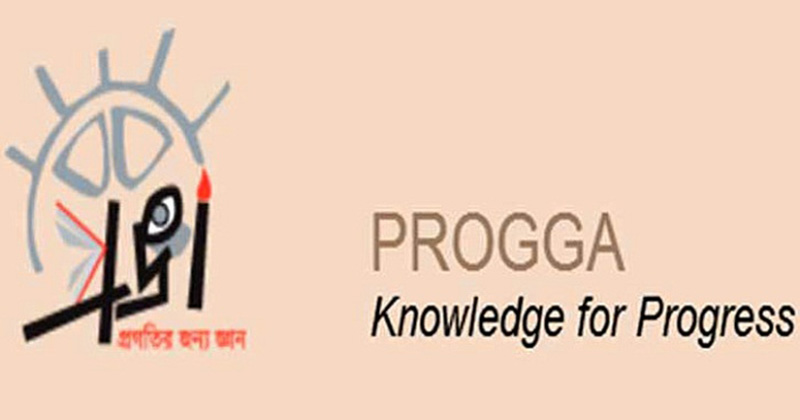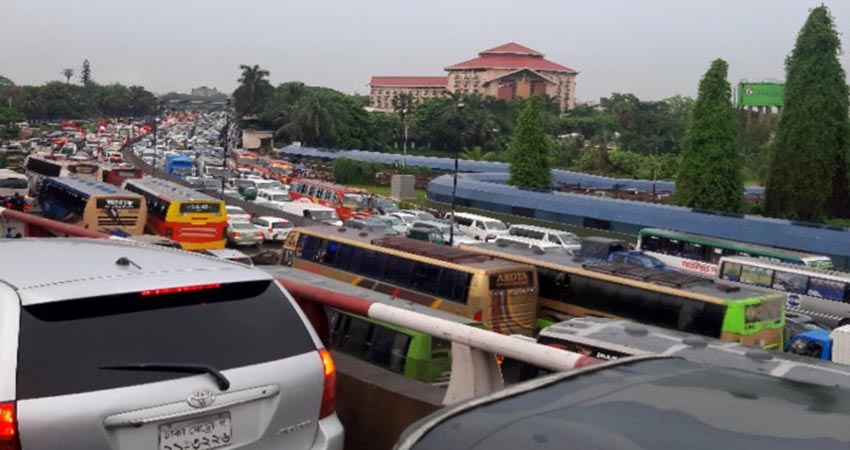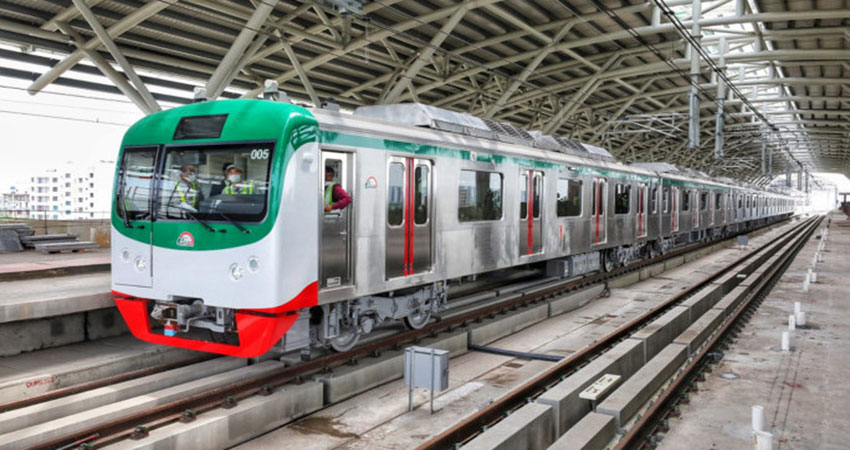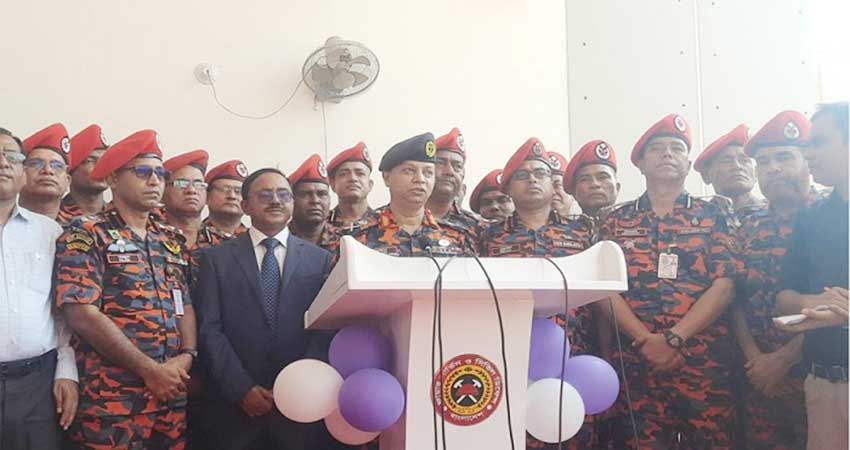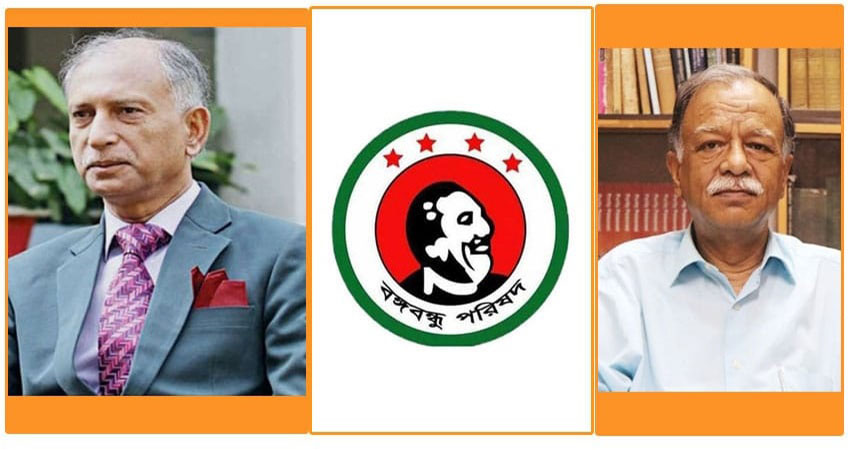The Bengal Institute for Architecture, Landscapes and Settlements and EUNIC (the European National Institutes for Culture) in partnership with the British Council has recently launched a project titled “Hidden Heritage: Homes in Dhaka'' at Haturia House, Bongshal. The event primarily focused on highlighting the houses in Dhaka from various periods of history.
The Hidden Heritage project aims to record the history of Dhaka's buildings and the stories behind them. Several historic buildings in Dhaka have gained popularity, garnering interest for their fading architectural qualities. However, with social and economic changes, many of the buildings are now being replaced by newer ones.
Conceived as a dedicated documentation and web-based presentation of significant homes and buildings, the project documents selected buildings/spaces within the perimeter of the Dhaka city, along with their historical, societal and environmental context. It is a first-of-its-kind in presenting the architectural heritage of Dhaka. The web-based presentation involves a multi-media platform with a virtual tour including 360-degree photography, videos, photographs, drawings and other forms of narration.
Five projects have been selected for this phase of the project: Haturia House in Bongshal, Kabir House in Eskaton, Rajshahi House in Moghbazar, Asaf Khan Residence in Dhanmondi and Revati Mohan Das House in Sutrapur. Owners and representatives of the four other houses were also present who spoke about the histories of their houses.
The launch event began with a welcome note by Kirsten Hackenbroch, Director of Goethe-Institut Bangladesh and Francois Grosjean, Director of Alliance Francaise in Dhaka, highlighting how the project was initiated. Next, the Director-General of Bengal Institute Kazi Khaleed Ashraf discussed the significance of the project. He mentioned how residential buildings are an essential component of any city, providing it with an urban and architectural fabric, lifestyle practices, and domestic order. The curator of the project Salauddin Ahmed and team members of the project, Nasir Khan and Rubaiya Nasrin, presented the website and demonstrated how one can navigate through it. Following this, the owners and representatives of four of the five houses talked about the histories of their houses and shared some stories.
In his short speech, the British Ambassador to Bangladesh HE Robert Chatterton Dickson highlighted the importance of preserving history. Finally, the chief guest HE Charles Whiteley spoke about the Hidden Heritage project and expressed his delight at being able to inaugurate this landmark event, at a historical site in old Dhaka. The event concluded with a qawali program.

